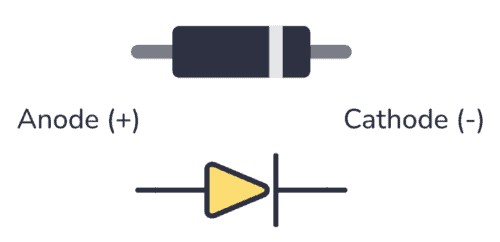

In addition to our standard materials above, NEI manufactures specialty materials for Lithium ion batteries that are not commonly found, such as coated anode and cathode powders or specialty compositions and powder morphologies. Looking for a particular material or composition not listed? NEI can custom produce or modify any lithium anode or cathode material composition of your choice – including oxide, sulfide, and carbon-coated materials. LED's or Light Emitting Diode's don’t come with any labeling on it to identify Cathode (-ve,GND) or Anode (+ve). Sometime the diode symbol creates confusion too.Identifing a LED's the cathode and anode of a led is very easy by looking inside. Although the reaction at the anode is an oxidation, by convention its tabulated E° value is reported as a reduction potential. (b) All electrochemical reactions involve the transfer of electrons. The cathode is the positive electrode, where reduction (gain of electrons) occurs, while the anode is the negative electrode, where oxidation (loss of electrons). So for identification, led’s comes with a unique way to identify its terminals as Anode or Cathode. Once you identify which side is being reduced or oxidized, labeling the cathode/ anode should become easier.

Our battery materials are produced through a scalable and economical solid state synthesis process, which is adaptable to different material compositions and particle morphologies. NEI’s cathode & anode materials are available as both powders and cast electrode sheets (tapes). overall: Zn ( s) + 2H + ( aq) Zn2 + ( aq) + H2 ( g) We then use Equation 19.4.2 to calculate the cell potential. The anode is the one being oxidized - I remember it by remembering that they both start with vowels and then for cathode reduced its that they both start with consonants. NEI offers a variety of cathode and anode materials for both lithium-ion and sodium-ion batteries. Battery Powders brochure NANOMYTE ® Cathode and Anode Powders


 0 kommentar(er)
0 kommentar(er)
